"It’s important to see AI as an opportunity and not as a threat", says Skylum
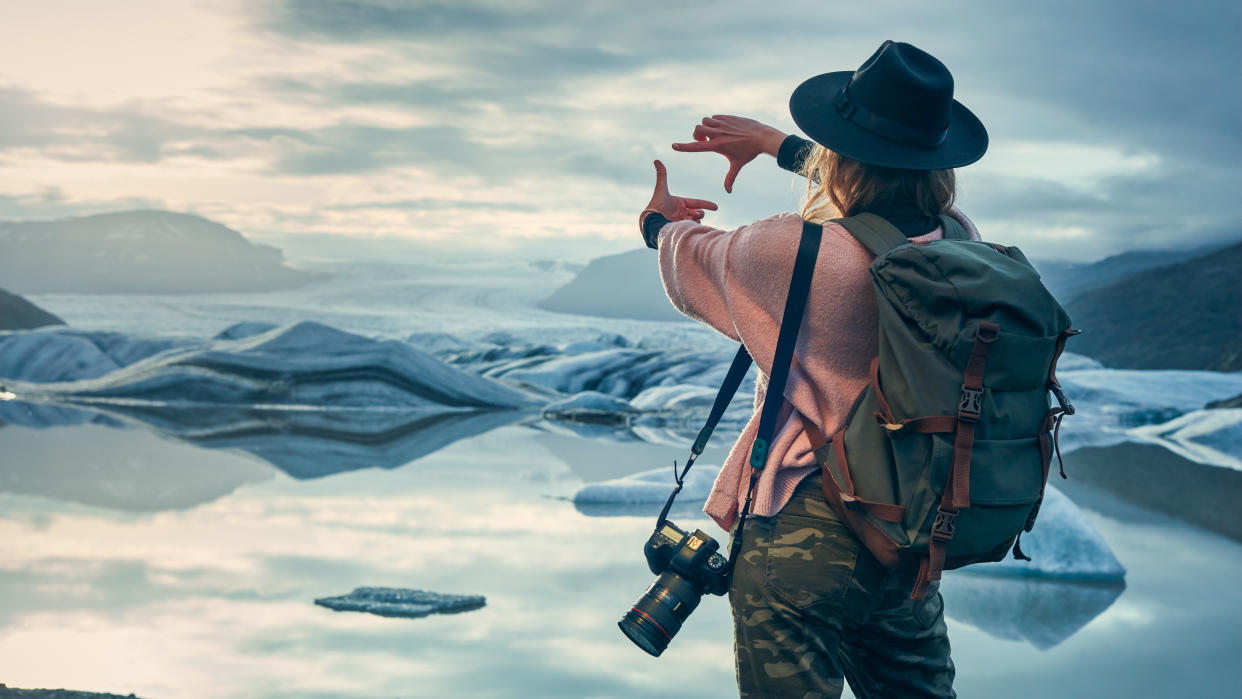
As photographer-slash-digital content creators, we have only two sides of the AI fence to fall on; either we embrace the power of AI or we reject it. We spoke with the CMO of popular image software Skylum, Juliana Chyzhova, who has some very powerful and insightful thoughts to share on why AI isn't the big bad wolf and something to be utilized to enhance our creativity at best.
• These are the best AI image generators
It's firstly important to note the clear distinction between the assistance of using AI as a tool embedded into photo editing software such as Skylum Luminar Neo which can help enhance your work and cut your editing time in half, compared with the entirely different AI image generators which use text-to-image models to create "entirely new" works of art based on existing works from sourced content.
In 10 years, there will be no industry untouched by AI"
Juliana Chyzhova is a marketing extraordinaire and the Chief Marketing Officer (CMO) of Skylum, the hugely popular photography and software development company responsible for Luminar Neo and plenty of other resources. We had the chance to ask Juliana some hugely important questions surrounding AI in photography software and discover what she has to say on the extremely debatable topic dividing the industry.
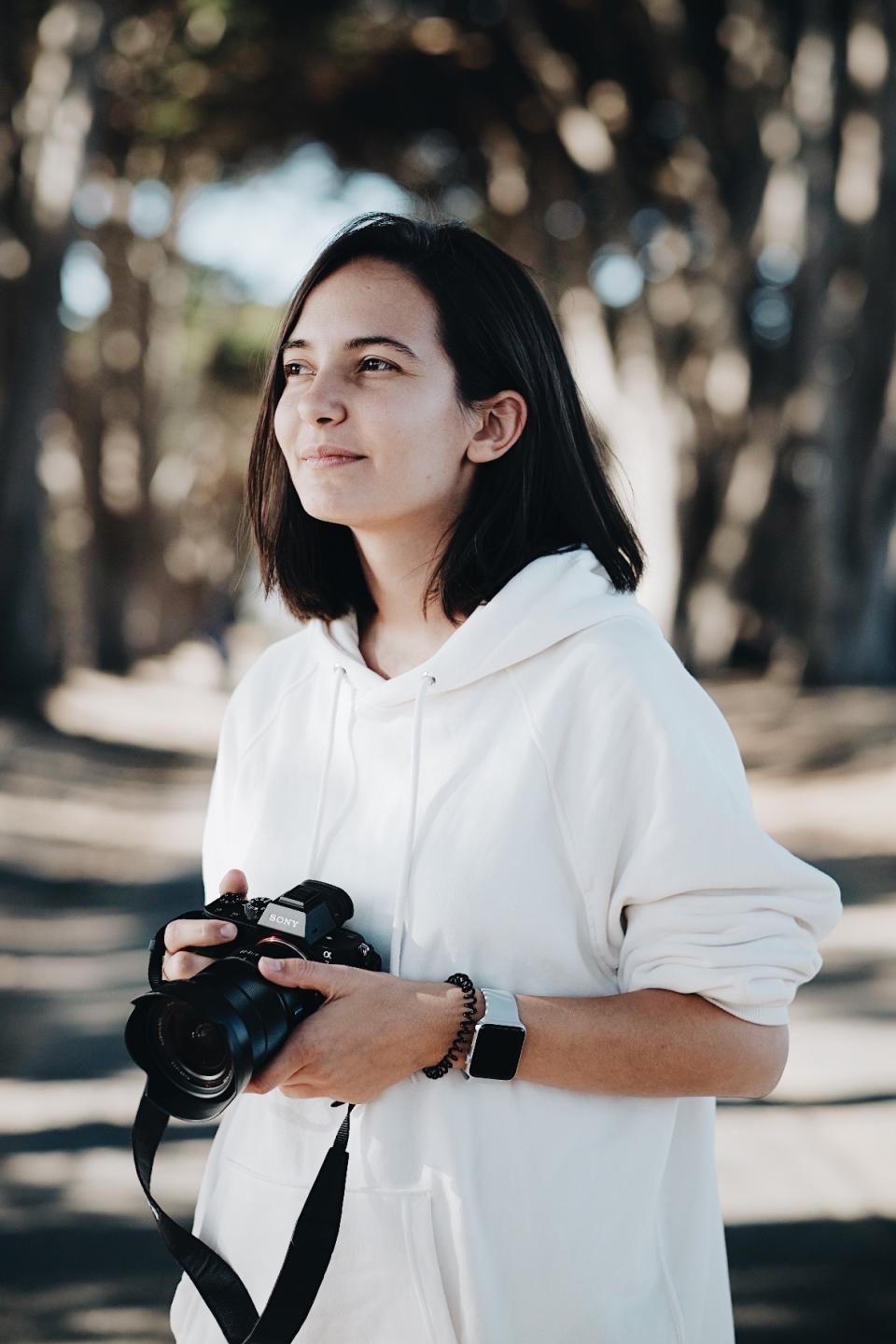
Where do you see AI within the creative media industry in 10 years time?
Do you think there's a permanent space for AI in photography?
In 10 years, there will be no industry untouched by AI. The creative industry will be one of the industries that will be affected by it the most. And I can say within 10 years, we’ll definitely see AI being a permanent co-pilot to creators by helping them achieve their ideas, and their creative vision faster, and helping them with the process in general.
Artists will still remain a crucial part of the equation by rethinking and translating the information from their own experiences so that they can continue making beautiful pieces of artwork. There will definitely be co-existence and empowerment for the artist by using AI. As seen in various research, critical and analytical thinking will become a crucial competency skill for people, and for artists as well. Their ability to transform reality and transform information into new senses will be a crucial element.
Many photographers are concerned about AI - what would you say to photographers who are worried about using AI in their work?
It’s important to see AI as an opportunity and not as a threat. For example, you can leverage AI to get rid of monotonous tasks, accelerate your post-processing without the need to spend countless hours learning photo editing programs, explore your ideas and remove limitations from your creativity.
In a way, AI is similar to the automatic transmission in cars. You can still have a mechanic transmission if you want to or if you need to, but for everyday life, many people choose an automatic one, and maybe in the future autonomous cars.
We have to face the fact and understand to what degree will our specific industry be affected by AI, and then learn to use it as soon as possible and implement it where it makes sense in our work so that we’re able to stay ahead of the curve.
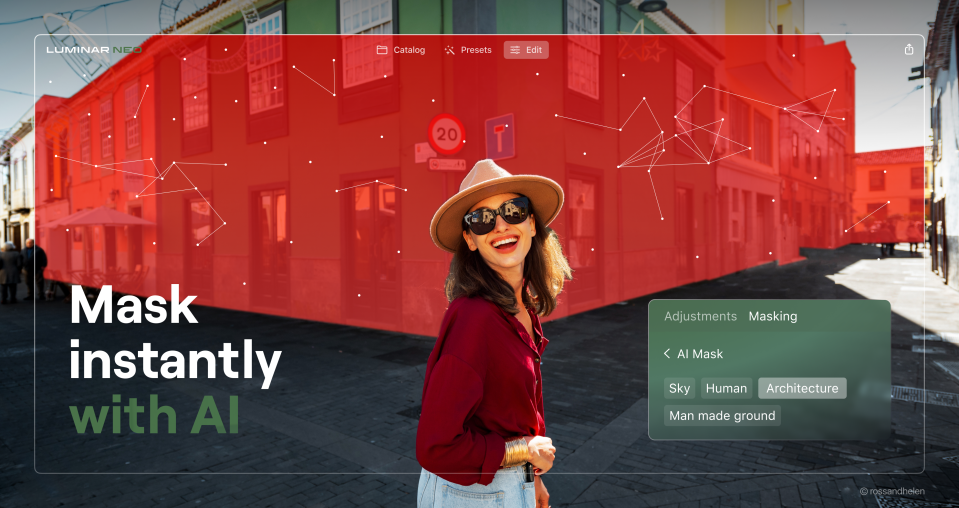
What benefits are there of using AI for photo editing?
I see two major benefits of using AI in photography. The first one is eliminating monotonous work, making work easier for both hobbyists and professionals. For example, for professionals, it is about saving time. With AI, you can take a 20-step process and shorten it significantly. As you know, editing takes time and you have to do it for every single photo if you have a more complex photo editing software you are working off of.
Using AI with its various features, you can simplify that process faster. For example, with one simple slider, you can make adjustments to multiple photos because an AI’s algorithm will segment the photos, as well as adjust each one of them differently. That can be a huge time saver.
The second major benefit is just exploring your creativity. It can take your creativity to somewhere unexpected and help you with those ideas that you did not think or have not yet ran across in your head. AI can work as your co-pilot and suggest edits based on the right knowledge that was used to train the AI network.
A third benefit is the result of the first two by helping you spend more time understanding the art itself and understanding what photography is. For example, how can you use light for your photos? If AI helps you get to the results, how do you know if it’s a good result or a bad result? Does the product speak to you? That is still the role of an artist to answer.
Do you feel that using AI for editing in photography lessens the credibility of the photographer in any way?
AI’s been on the market for a long time, and it is difficult to find any program that does not leverage it to some extent. In a photographer's work, their vision is the most important art, and if AI can help them express their vision better or get to the result they envisioned faster, that is what’s important and in no way takes away from the photographer or lessens their credibility.
There still will be places for unedited photos, in photojournalism for example, which there are policies and guidelines to ensure that these journalistic stories are not altered. However, these rules and guidelines have been in place for some time.
Therefore, I do not think that AI affects photography the same way as it affects digital design or artists who paint because in photography you still work with the image, and you still start with your own image. So using AI amplifies what you have, but it does not replace it. And if it replaces what you have, then it becomes part of digital art, and that area is still heavily influenced by AI.
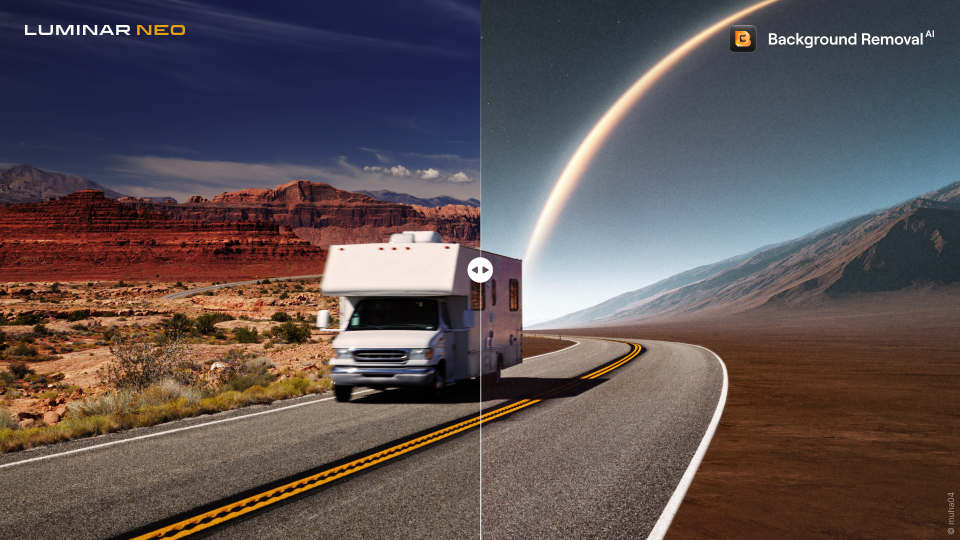
Do AI editing tools infringe on copyright?
Are photographers still classed as the sole creator?
Regarding copyright, as long as you start with your own image and use AI to adjust it, I don’t see any issues with copyright infringement. AI networks do get trained on multiple images and the most ethical companies use their own datasets or datasets that are available freely with specific permissions to be used for network training.
For example, if someone posts their images on Unsplash, they understand that their images might be used in any way, and for training AI networks too. Ethical companies use either their own datasets or datasets that they can find freely that do not violate any copyright infringement on the internet, and that is how they train their AI networks.
That is actually the case for our company at Skylum because we never ever use images without a person’s consent that they uploaded to our product. And at the moment, Luminar Neo does not have anything that works on the cloud, so we do not have access to those images and we do not allow our team to engage in unethical usage of our customers’ data.
Can AI be trusted with our images?
AI models can run in the cloud or locally on a user’s device. You must know how your images are processed, and you can always check the Terms and Conditions of the tool you use to see if they use your imagery to train the network. For example, OpenAI explicitly states that they are offering a demo version and whatever you create using ChatGPT might be used for network training purposes. So you know that whenever you use it, you are sharing your information.
For many people that still works, since they are not concerned about their copyrights. But For companies who are concerned about copyright or confidentiality, other tools do not do that, but their price point might be higher. So yes, AI can be trusted with our images, as long as you know how your images are being used. Many companies will disclose whether user images are being used further.
It all comes down to ethics and if the company is ethical and uses an ethical approach to training AI datasets. So if creators use bad services like cloud services, they might want to get out of those situations because the company is supposed to clearly state whether they use images that users upload for any other purposes. If not, companies could be fined for that.
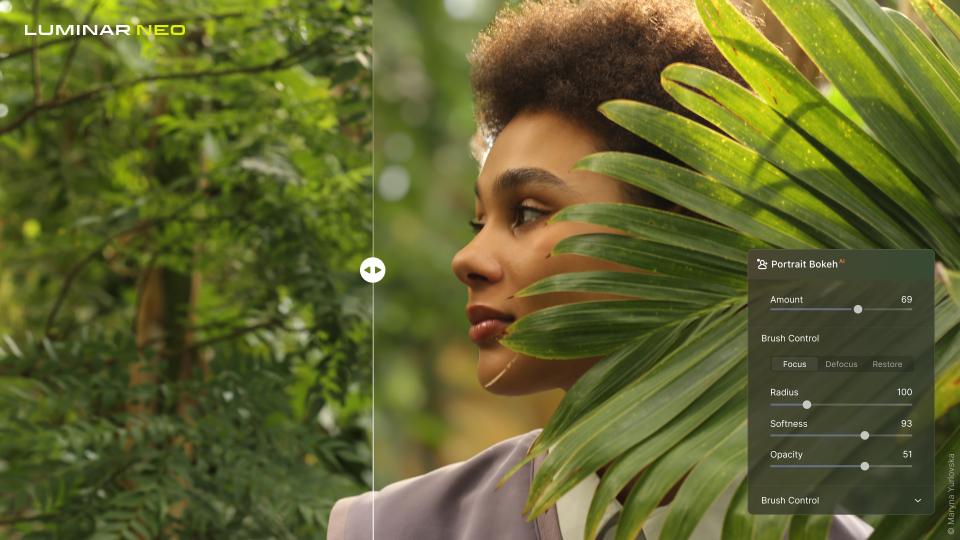
Where do you personally feel that the line should be drawn when using AI?
Is there anything that you would NOT recommend using AI for? Why?
There definitely should be some line drawn, and like any other industry, it will require some form of regulation. It is absolutely necessary, but we should also allow AI to develop so that we can see its potential.
We have to really draw the line between AI-edited images, AI-edited photos, and photos that are AI-generated. AI editing can be used for multiple purposes such as allowing you to mask multiple objects or allowing you to realign the image, and there is nothing wrong with that.
How valid are AI-edited images for entry into photo competitions?
Is this something still seen as controversial and do you think its reputation among critics will change in due course?
As for photos that are AI generated, unless it is explicitly stated in a contest, that it is a contest for AI-generated photos, from my point of view, they are not allowed to enter photography competitions because they are not photos. They are considered digital art and that is easy to understand.
However, if a photo was edited with AI or maybe a certain percentage of the photo was edited with AI, the photography contests have to take that into account. They have to allow for digital creativity to be implemented into photography. But, they have to set the rules, and that is something that has to be addressed by photo competitions and the people that run them, as well as by photographers.
If it’s explicitly stated that this is a photography contest, then no AI-generated photos can be submitted, just photos. if the competition allows you to edit up to 10% of your image using AI or generated by AI, then that is okay. If not, then it should not be allowed. However, if the competition allows composites, then the photo can be submitted, but if you do not allow composites, then the photo is out. Why?
Because there are cases when people take multiple photos of the sky from the same location, but at a slightly different angle. So they take a photo from one direction, then a side shot from another direction and combine them afterwards. Essentially it is the same location with real photos, but they are just being blended. So, that is now a composited photo. I can definitely see people submitting photos like that with no issues to editing it that way, but if you use a completely generated sky, then that is another type of image.
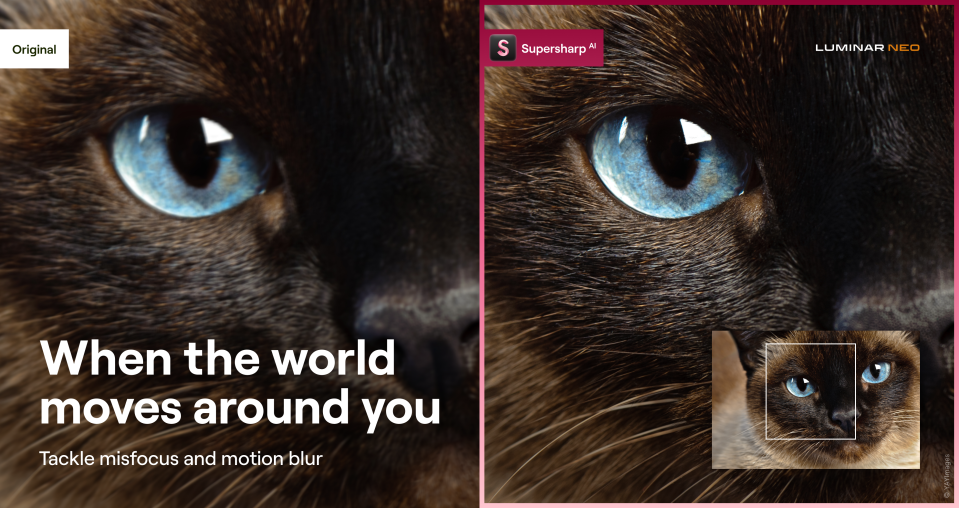
Would you ever consider adding a non-removable watermark to Skylum images that have been curated with AI to declare images as such?
Do you feel that this is a necessary/responsible precaution to take as an AI-involved business?
I personally believe that AI assisted photos do not have anything wrong with them. If you are working with light or working with pigmentation, I do not think that even requires mentioning that it was done with AI because that is basically just amplifying the tools.
There is no harm if someone has an AI-generated image until they try to use it to deceive someone such as making it look like they are in a place where they are not or showing that they look like someone else when they don’t look like that. I can see platforms like Facebook, Instagram, TikTok or Tinder recognizing if a photo is generated or not and then showing it explicitly or ejecting them from their service based on whether they allow those photos to be used or not for certain purposes.
For example, your profile shot or photos that you post on your timeline, there are apps, plugins, and technology to recognize photos that were generated by AI, and mention whether the photo was generated with AI or not. But that is definitely not on the tool side to provide the watermark because we are providing the tool to create art. And we decide how far we want to go with generative AI.
People can put their signature on their photos or choose not to. We do not require everyone to put our signature on their photos as it’s up to their discretion if they want to do that or not. I think the same rule can be applied to generative AI. In a gallery where people come and pay certain amounts of money for pieces of artwork it is required to have proof of authenticity, and I believe these same rules can be applied.
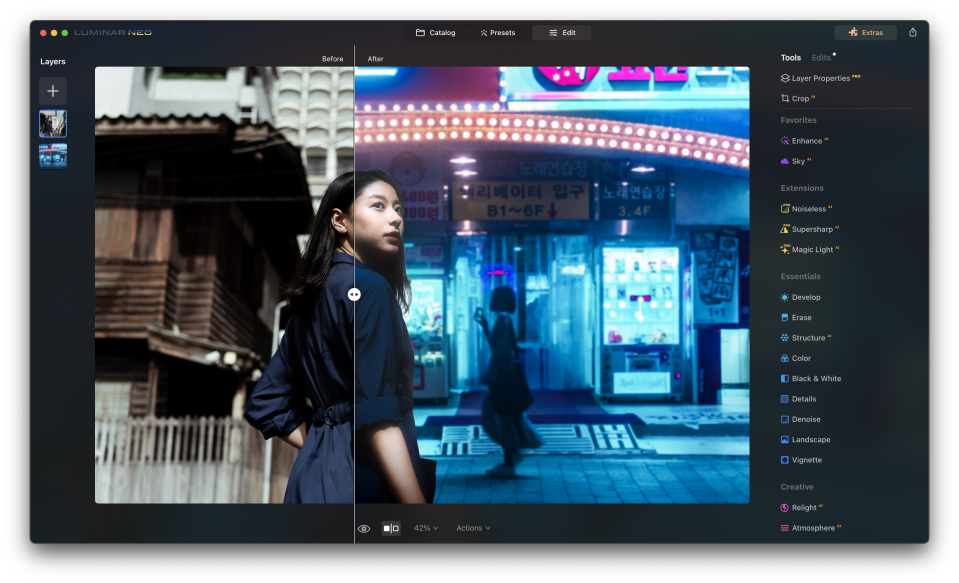
What do you feel that Skylum’s Luminar Neo editing software brings to the table which other competitors cannot match?
Luminar Neo offers ease of use. We know that many products are becoming more and more user-friendly, but I can say that none of them are as easy to use as Luminar Neo, especially for a beginner learning how to edit photos. With Luminar Neo, the interface is not intimidating and you can easily edit photos. That is the major benefit that we bring to the table. It allows people to explore their creativity and explore their photography very easily.
You can play around in Luminar Neo for 30 seconds and you will still get great results. You can do all of the basic editing wherever you want, but Luminar Neo’s Super Structure or Super Contrast and Enhance AI features sets it apart from others. Or people can also use our presets, which were specifically developed by our in-house photo editors who have massive years of experience in the field.
We are not a huge corporation, but a modern tech company comprised of photographers who are creating a product for photographers. We are one of a few companies on the market that can provide direct access to its executive team and to its product development team. You can always get in touch with us, you can write us an email, and we will respond. We are very close to our consumers, our artists, and we know what they value and what they are paying for.
We're also the only software company on the market that organizes photography experiences around the world where you can join our photographers or ambassadors and influencers on a photo walk or on an entire trip to Iceland for example. We are a place where you can learn a lot and can meet new friends.
We don’t focus solely on the photo editing side, as one may think. We are not just a photo editing software company. We are a photography company. We are a travel photography company. And we offer multiple tools and experiences to support that mission.
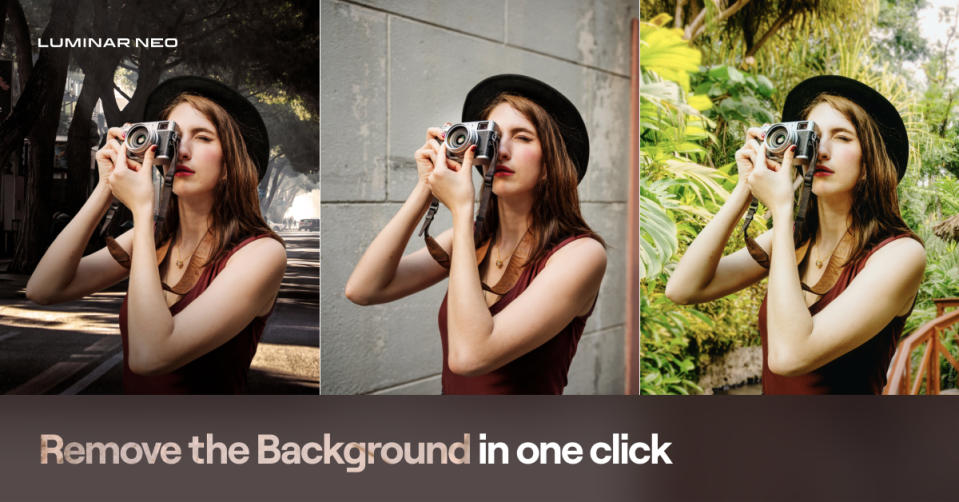
Interested in Skylum Luminar Neo? Here's everything you need to know about it. You can Get your copy here to start experimenting with the opportunities AI provides for speeding up your workflow! And be sure to use the unique promo code DCW10 to get -10% off!
• You may also be interested in the MyHeritage AI image generator, as well as the Midjourney Discord-based AI image generator, and not forgetting Dall-E 2.
• Take a look at these top 10 AI tools in Photoshop, as well as the best noise reduction software, plus the best photo editing software, and see our review of the Skylum Luminar 4 software.

